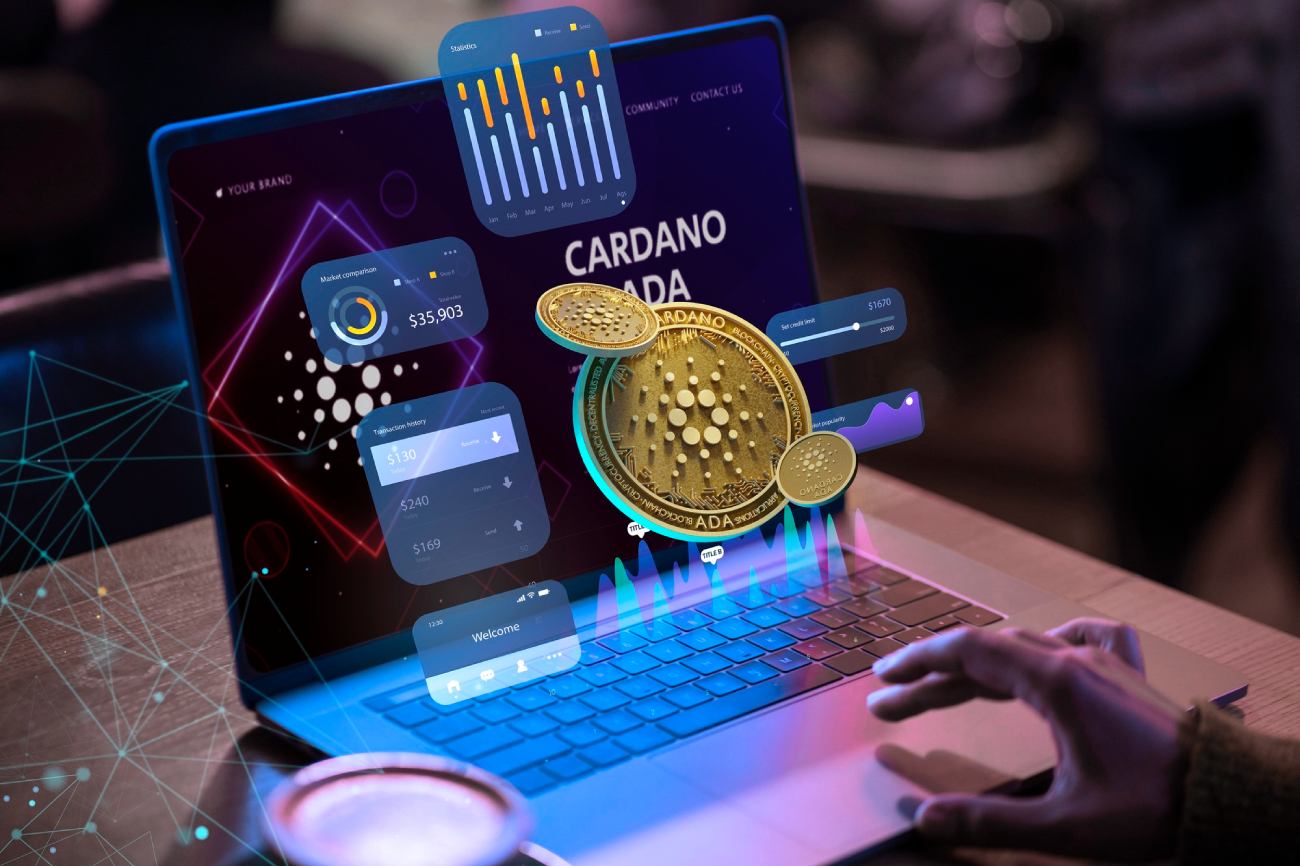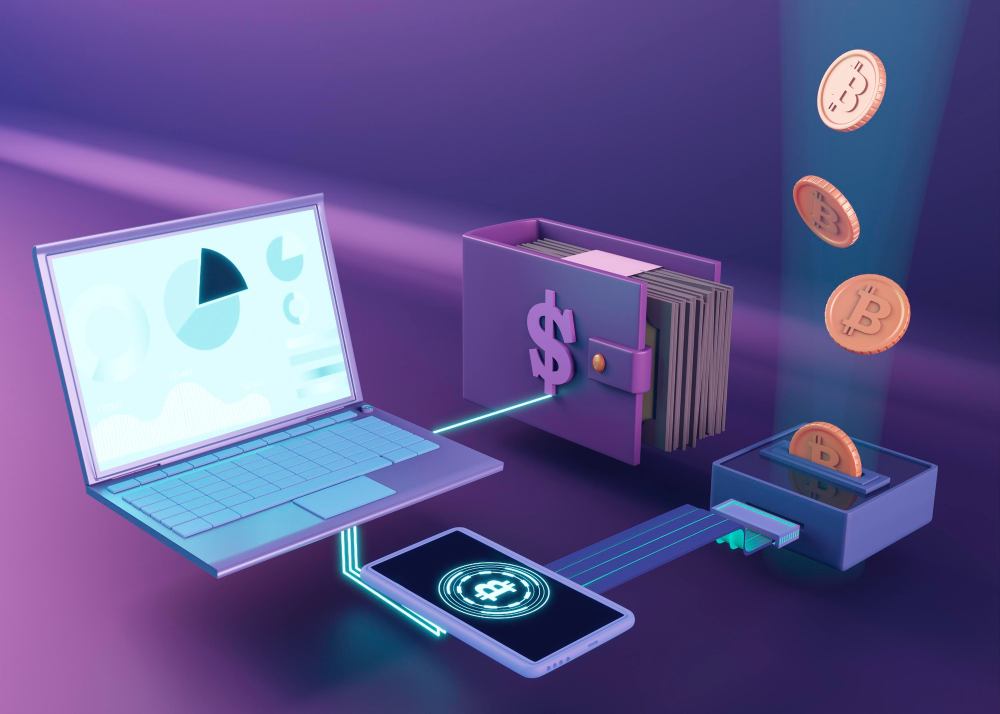Blog
The Future of Crypto Adoption: How NFT Marketplaces Will Pave the Way
 May 10, 2023
May 10, 2023 
Non-fungible tokens (NFTs) have taken the world by storm, redefining the value of digital assets and challenging traditional notions of ownership. While NFTs have predominantly been the purview of early crypto adopters and enthusiasts, NFT marketplaces are now working to onboard the next mass wave of users to crypto. In this article, we explore the strategies and best practices that NFT marketplaces can employ to attract and retain new users, as well as the benefits and drawbacks of NFTs for newcomers to the crypto space. We also examine the role of NFT marketplaces in contributing to the growth and development of the crypto industry as a whole and what the future holds for both NFTs and crypto.
Introduction to NFTs and Marketplaces
NFTs, or non-fungible tokens, are unique digital assets that are stored on a blockchain and provide proof of ownership and authenticity. They can represent anything from art and music to virtual real estate and gaming items. NFT marketplaces are platforms where users can buy, sell, and trade NFTs.
What are NFTs and how do they work?
NFTs are similar to cryptocurrency tokens but differ in that each NFT is unique, unlike cryptocurrencies that are interchangeable. This uniqueness allows NFTs to represent any digital file or asset, and their ownership is transparently recorded on a blockchain, making them virtually impossible to counterfeit or duplicate. NFT ownership can be transferred easily from one user to another, providing a new way to own and trade digital assets.
The rise of NFT marketplaces
NFT marketplaces have exploded in popularity in recent years, with platforms like OpenSea, Nifty Gateway, and Rarible leading the charge. These marketplaces have attracted a community of artists, collectors, and crypto enthusiasts who are eager to engage with NFTs and explore their potential.
The Importance of Onboarding Mass Users to Crypto
Why mass user adoption is critical for the crypto industry
Mass user adoption is critical for the long-term success of the crypto industry. Without a large user base, the potential benefits of blockchain technology, including decentralization, security, and transparency, are limited. NFT marketplaces provide an opportunity to onboard new users to the world of crypto through unique and tangible assets.
The role of NFT marketplaces in attracting new users to crypto
NFT marketplaces can be an entry point for new users to explore and learn about cryptocurrencies. By providing a user-friendly platform to engage with creative and unique digital assets, NFT marketplaces can help to demystify the complexities of crypto and promote awareness and understanding of the technology.
Strategies for NFT Marketplaces to Attract New Users
1- Partnering with popular artists and brands
Partnering with popular artists and brands can help to increase the visibility and appeal of NFT marketplaces to new users. By collaborating with recognizable names and influencers, NFT marketplaces can attract a broad audience and provide a bridge to the world of crypto and blockchain technology.
2- Offering exclusive and unique NFTs
Exclusive and unique NFTs can create hype and demand, attracting new users to NFT marketplaces. Limited edition or one-of-a-kind NFTs from famous artists or musicians can be highly sought after, generating buzz and excitement around the platform.
3- Creating social features to increase user engagement
NFT marketplaces can foster a sense of community and engagement by incorporating social features such as user profiles, chat rooms, and discussion boards. These features can help to build a sense of belonging and encourage users to explore and engage with the platform.
Finally, the development of NFT marketplaces is an essential part of the overall growth and development of the crypto industry. By onboarding new users, NFT marketplaces can help bridge the gap between the crypto industry and mainstream markets. As more people become familiar with NFTs and blockchain technology, the industry as a whole will continue to grow and evolve.In conclusion, NFT marketplaces have the potential to revolutionise not only the world of digital art and collectibles but also the broader crypto industry.
By prioritising user-friendly interfaces and experiences, as well as building trust and transparency in NFT transactions, marketplaces can attract and retain a wider audience. As the industry continues to evolve, it will be fascinating to see how NFTs and marketplaces shape the future of digital ownership and the crypto landscape as a whole.

FAQ
What are NFTs?
NFTs, or non-fungible tokens, are unique digital assets that are stored on the blockchain. Unlike fungible tokens like Bitcoin, each NFT is one-of-a-kind and represents a specific asset, such as a piece of art or a collectible.
Are NFTs a good investment?
NFTs can potentially be a good investment, but as with any investment, there are risks involved. While some NFTs have sold for millions of dollars, the market is still relatively new and volatile. It’s important to do your research and understand the potential risks and rewards before investing.
What is the environmental impact of NFTs?
Some have raised concerns about the environmental impact of NFTs, as they are stored on the blockchain, which requires significant energy usage. However, it’s worth noting that many NFT marketplaces and creators are working to minimize their carbon footprint and explore more sustainable solutions.
How can I get started with NFTs?
To get started with NFTs, you’ll need to set up a crypto wallet and fund it with cryptocurrency like Ethereum. From there, you can explore NFT marketplaces and browse the available assets. It’s important to do your research and understand the risks and rewards involved before making any purchases.
